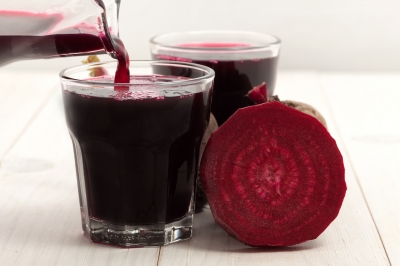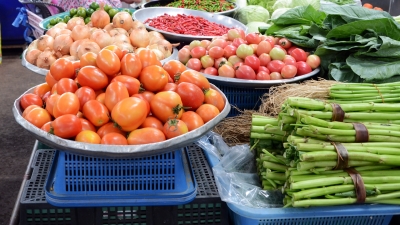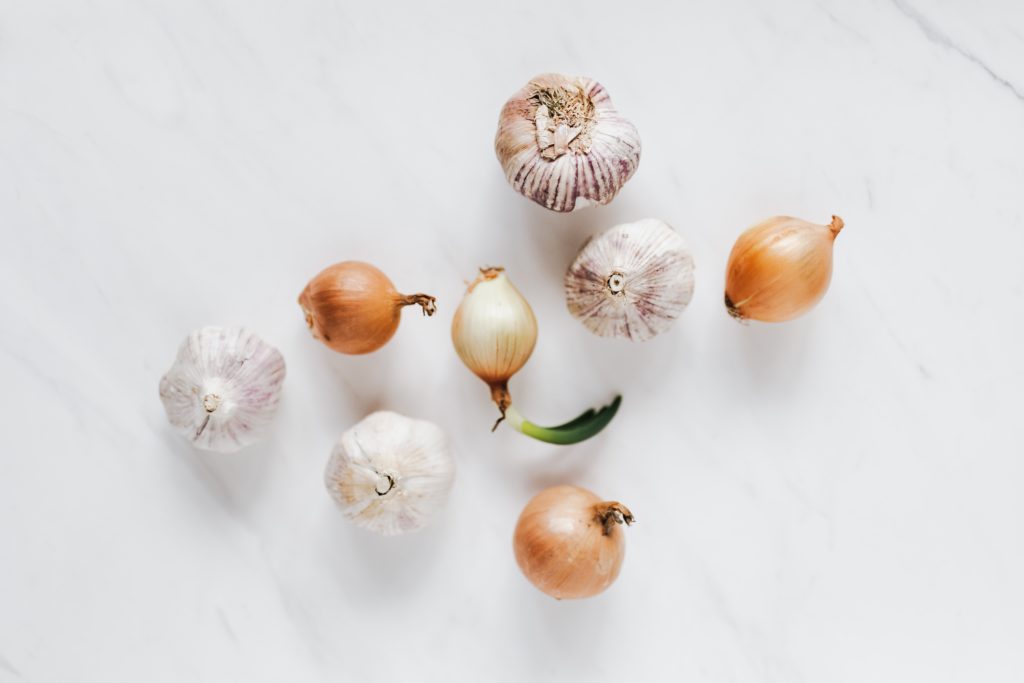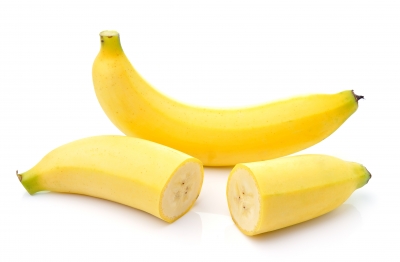Increase Nitric Oxide and Decrease Blood Pressure with Beetroot Juice
 There are many heart disease risk factors, such as high blood pressure and high cholesterol, associated with low nitric oxide levels.
There are many heart disease risk factors, such as high blood pressure and high cholesterol, associated with low nitric oxide levels.
Nitric oxide has many bodily functions, include vasodilation of blood vessels to govern blood pressure.
It was previously believed nitric oxide was only produced via oxidation of L-arginine, an amino acid, in the presence of oxygen. New research has confirmed a second pathway for increasing nitric oxide levels. This second pathway is the conversion of nitrates to nitrite to nitric oxide.
Vegetables are a source of nitrates.
Approximately 85% of dietary nitrate comes from vegetables. The remaining 15% from drinking water. When you consume dietary nitrates, they are absorbed in the stomach and small intestine. Of the ingested nitrates, about 25% is extracted by the salivary glands and concentrated in saliva. It is an enzyme on the surface of the tongue that converts nitrate to nitrite. When the nitrite in saliva is then swallowed it is converted to nitric oxide by the acidic environment of the stomach.
To restate: Nitrate in food becomes nitrite in saliva which then converts to nitric oxide in the stomach.
Nitric oxide obtained from dietary nitrate sources, such as vegetables, provides an alternate treatment plan for increasing protective nitric oxide levels.
Beetroot juice lowered systolic blood pressure 10.4 mm Hg and diastolic blood pressure 9 mm Hg 2.5 – 3 hours after ingestion.
Continue reading
Farmers Markets to Lower Blood Pressure with the DASH Diet

This Dietary Approaches to Stop Hypertension (DASH) diet is recommend to manage high blood pressure. This diet is rich in fruits and vegetables. You need to consume between three to five servings of vegetables daily and between four to five fruits daily. That likely sounds overwhelming, but it can be effective in your efforts to lower blood pressure.
One vegetables serving is equal to 1 cup raw leafy green vegetable, ½ cup cut-up raw or cooked vegetables, or ½ cup vegetable juice.
One fruit serving is equal to 1 medium fruit, ¼ cup dried fruit, ½ cup fresh, frozen, or canned fruit, or ½ cup 100% fruit juice.
It’s the perfect time of year to adopt the DASH diet if you are struggling with high blood pressure. Many varieties of produce are in season and farmers markets are readily available.
3 Benefits of Shopping at Farmers Markets
- Farmers markets are environmentally friendly. The food is produced and sold locally, while food in grocery stores travels an average of 1500 miles before it reaches your plate.
- Produce grown for farmers markets is typically allowed to fully ripen naturally before it is harvested. Nothing is used to speed up the ripening process.
- The produce purchased at a farmers market comes straight from the garden. No processing. This equals fresh and nutrient rich food.
Tips for Shopping at Farmers Markets
Shopping at a farmers market is not the same as going to the grocery store.
Continue reading
Lower Blood Pressure with Vegetables

Are you familiar with the DASH (Dietary Approaches to Stop Hypertension) Diet? The DASH Diet is a very effective plan to lower blood pressure. However, it can be difficult to follow, especially if you don’t currently consume many vegetables. The DASH Diet calls for 4-5 servings of vegetables each day. One vegetable serving equals one-half cup or a one-cup serving of greens, such as spinach and lettuce.
Here are 3 easy to locate aromatic vegetables you can incorporate more into your daily diet for a variety of health benefits. Aromatic vegetables are used to add flavor to many dishes.
Onions – Probably one of the most often used aromatic vegetables in the United States. Onions are high in allyl sulfides, which aid in the fight against heart disease and cancer. Onions provide inulin, vitamin C, fiber manganese, and folate.
Celery – A great low-calorie addition to meals, celery promotes a lower blood pressure. Celery contains Vitamins A, C, and K, as well as potassium and quercetin. Quecetin is a flavonoid with anti-inflammatory properties to protect heart health.
Garlic – Reduces atherosclerosis, which is the thickening of your arterial walls, and reduces cancer risk.
Continue readingTips to Recover from Holiday Overeating

Why does holiday overeating make it hard to return to normal eating habits?
1 – Stomach is physically larger – Overeating causes the stomach to become enlarged and it can take more food to provide the same feeling of satisfaction.
2 – Lack of sleep – This is probably the biggest culprit for me. I do not usually get good nights sleep during the holidays as we travel between families. A lack of sleep leads to elevated levels of the hormone ghrelin which causes you to feel hungry.
So, what can you do to recover from holiday overeating?
Continue reading
Will you 'Eat with Color' this National Nutrition Month?
 Every March we celebrate National Nutrition Month. This year the focus is on making informed food choices and developing sound eating and physical activity habits.
Every March we celebrate National Nutrition Month. This year the focus is on making informed food choices and developing sound eating and physical activity habits.
‘Eat Right with Color’ is the theme this year. What does this mean for you?
Lower Blood Pressure with Potassium
 The effectiveness of potassium to lower blood pressure is directly related to sodium. Potassium works to balance out the sodium in your diet. An adequate potassium intake can lower systolic pressure ~4.4 mm Hg and diastolic pressure ~2.5 mm Hg.
The effectiveness of potassium to lower blood pressure is directly related to sodium. Potassium works to balance out the sodium in your diet. An adequate potassium intake can lower systolic pressure ~4.4 mm Hg and diastolic pressure ~2.5 mm Hg.
If you want to prevent or lower blood pressure it’s very important you balance your intake of sodium and potassium. The more potassium in your diet and the lower the sodium, the better your blood pressure will be.
Sodium Recommendations
The typical American diet contains 3.6 grams of sodium daily. It’s recommended that sodium intake be limited to 2.3 grams or less daily (~1 teaspoon). If you already have high blood pressure you’ll want to restrict your sodium intake even further – less than 1500 mg/day.
How Much Potassium?



